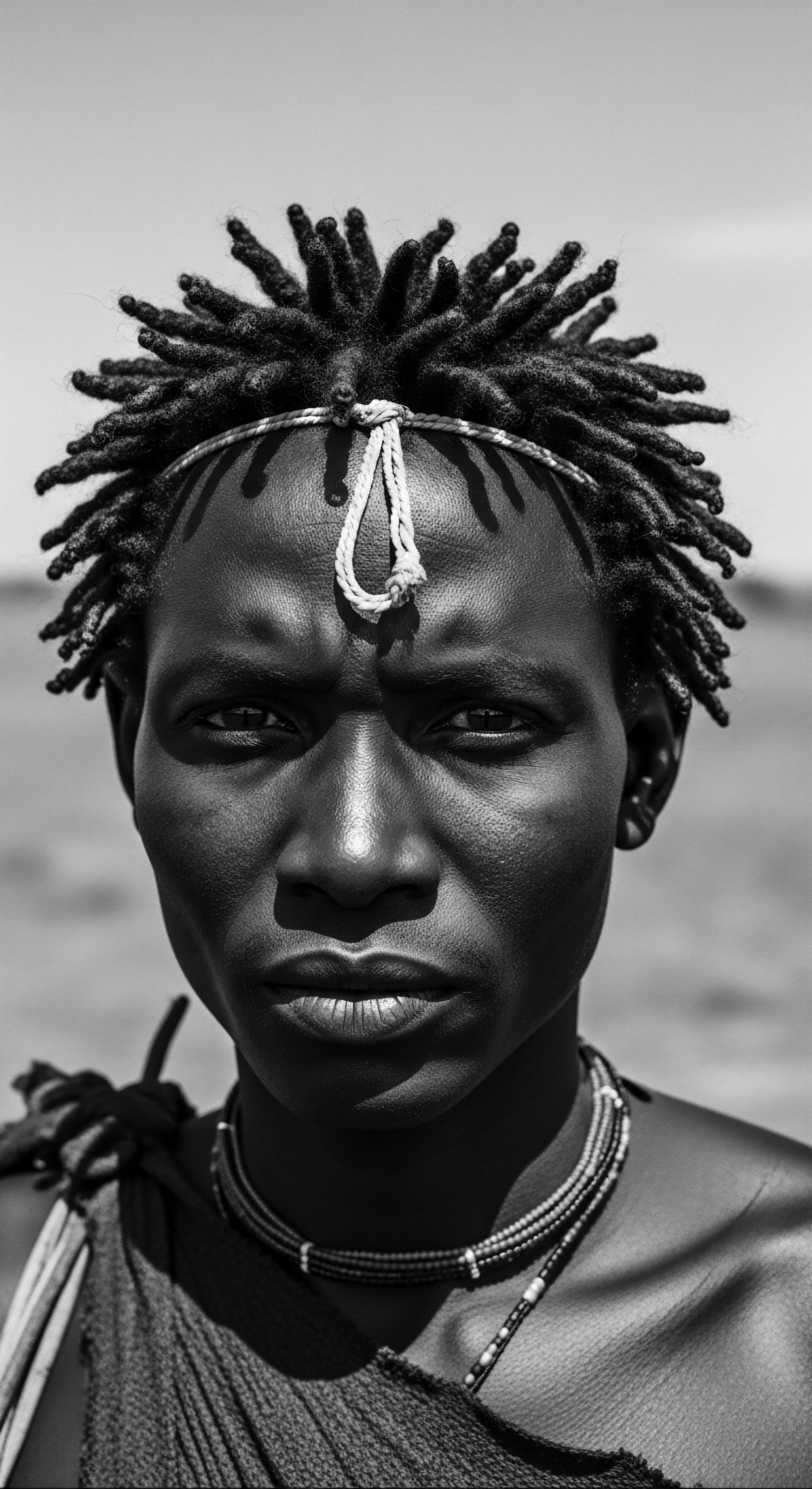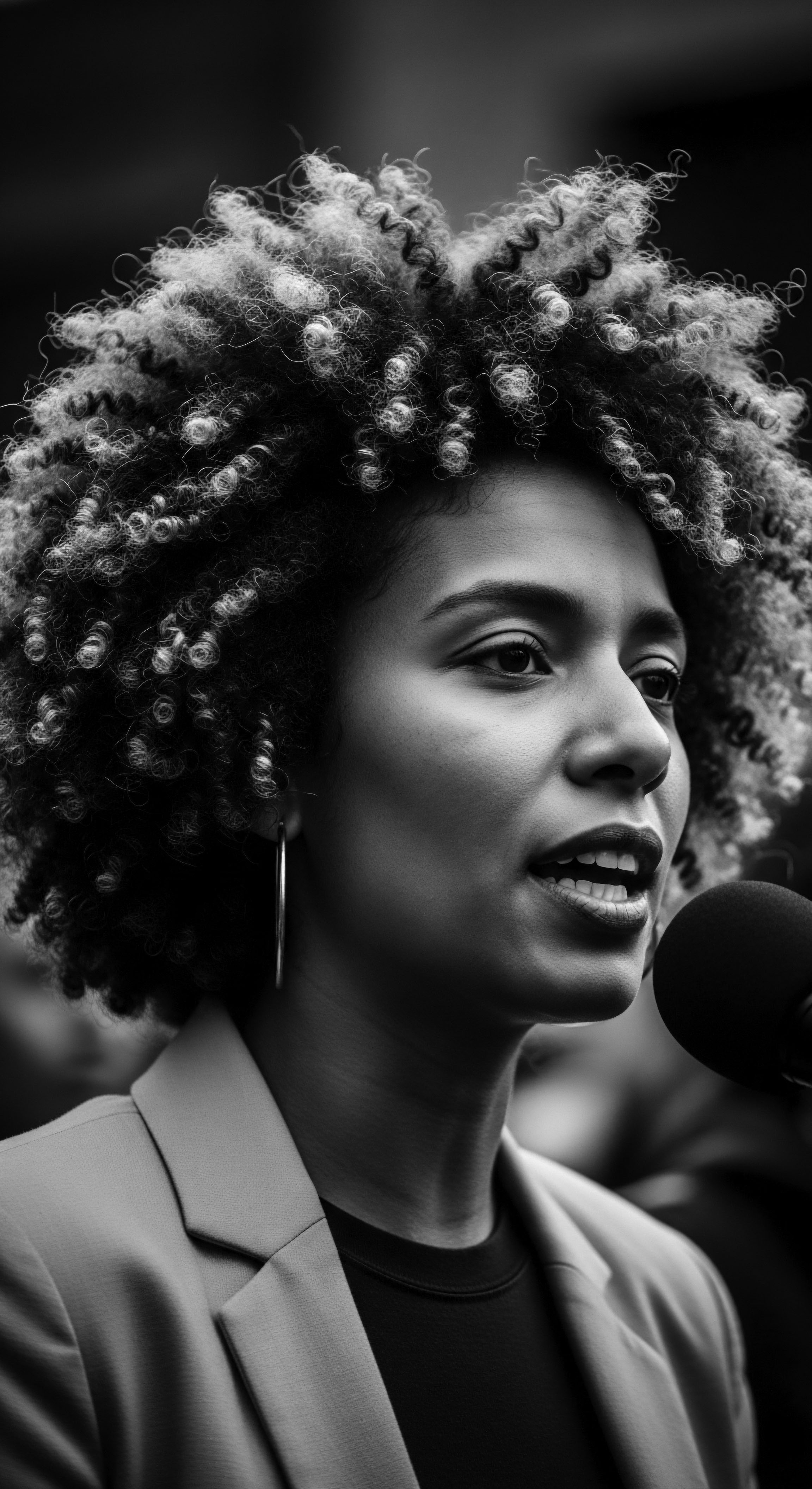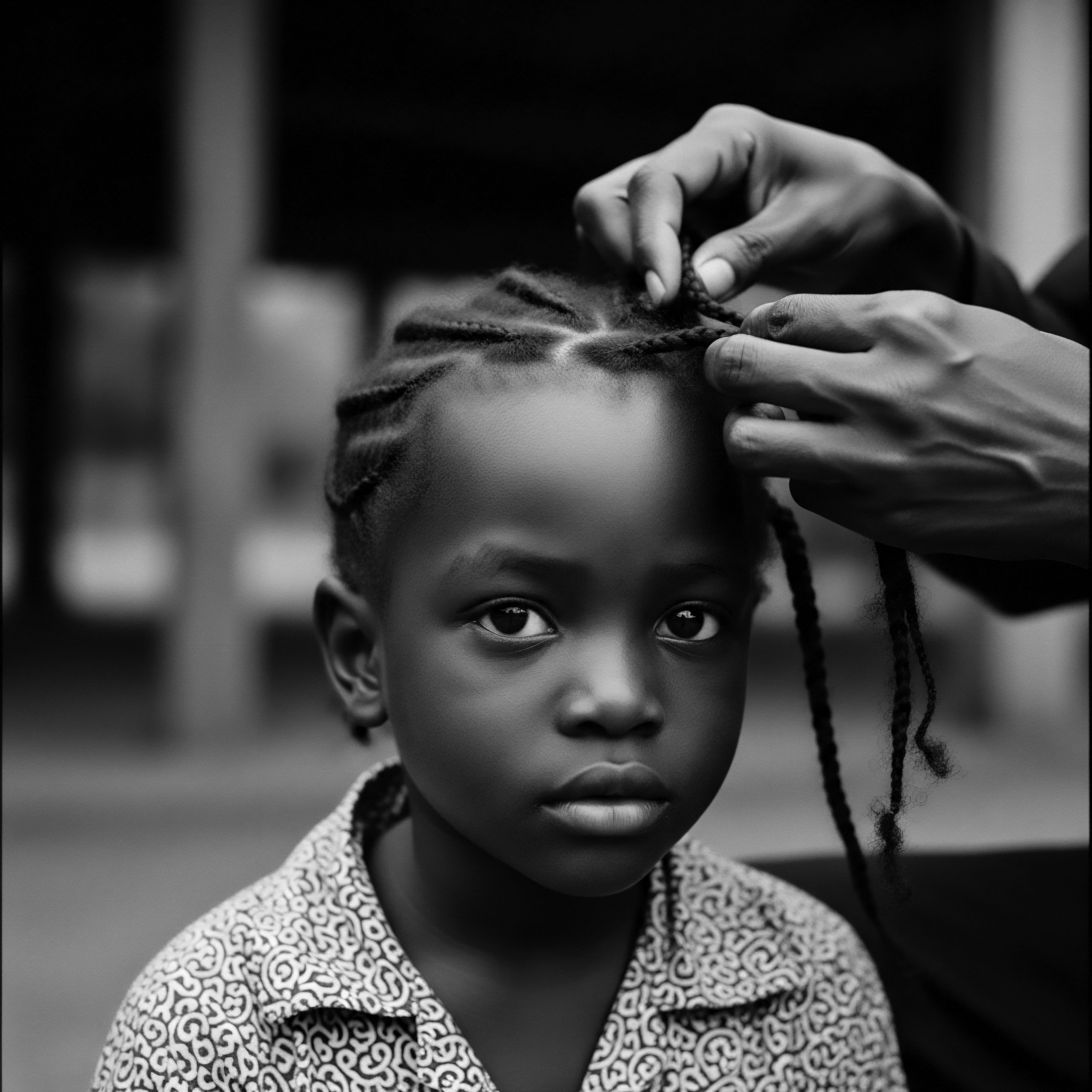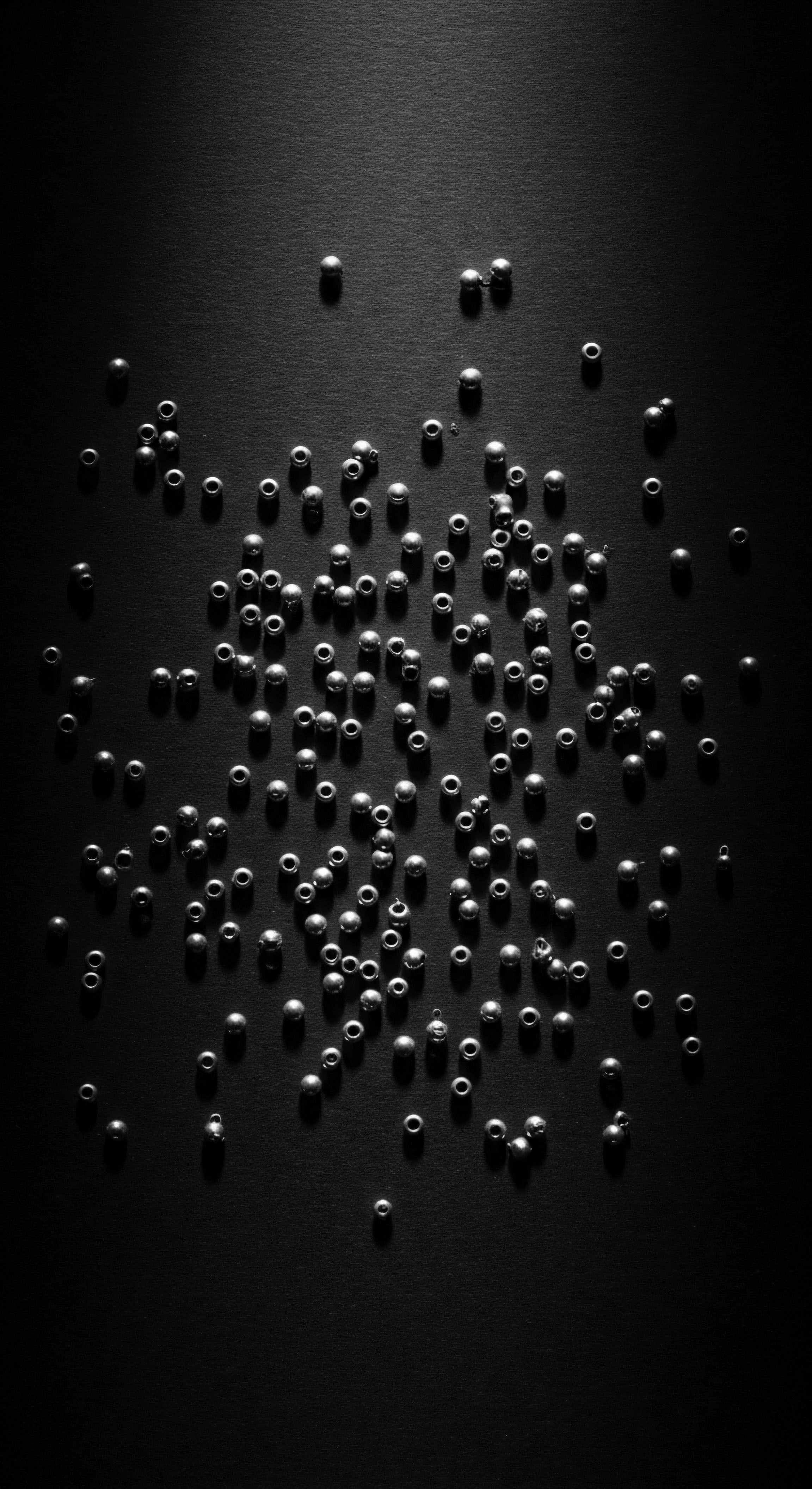
What historical hair coverings guarded textured hair?
Historical hair coverings guarded textured hair by physically shielding it from elements and friction, rooted in ancestral practices for health and identity.

What historical meaning do hair coverings possess for Black heritage?
Hair coverings for Black heritage symbolize identity, resistance, and ancestral wisdom, evolving from status markers to protective and defiant statements.

How did historical hair practices shield textured strands overnight?
Historical hair practices shielded textured strands overnight through protective styling, natural emollients, and smooth coverings, preserving hair's heritage.

Why do specific hair coverings protect textured hair?
Specific hair coverings protect textured hair by reducing friction and preserving moisture, a practice rooted in ancestral wisdom.

In what ways do modern hair coverings honor ancestral practices of hair care?
Modern hair coverings perpetuate ancestral practices by protecting textured hair, preserving moisture, and affirming cultural identity.

What is the cultural background of hair coverings?
Hair coverings hold deep cultural significance, rooted in ancestral practices of protection, status, and identity for textured hair heritage.

How does historical covering usage connect to modern protective hair care heritage?
Historical hair covering practices connect to modern protective care by preserving textured hair's integrity and cultural identity through centuries.

What historical significance do hair coverings have in Black heritage?
Hair coverings hold profound historical importance in Black heritage, acting as symbols of identity, resistance, and protection for textured hair.

What historical connections exist between hair coverings and textured hair?
Hair coverings hold profound historical connections to textured hair heritage, symbolizing protection, identity, and resistance across generations.

What traditional elements shielded textured hair?
Traditional elements shielded textured hair through protective styles, natural oils, butters, and head coverings, embodying a rich ancestral heritage of care.

Which traditional coverings protected textured hair?
Traditional coverings like headwraps and bonnets shielded textured hair from elements, preserved moisture, and became symbols of cultural identity and resilience.

In what ways do material choices for hair coverings align with textured hair biology?
Material choices for hair coverings align with textured hair biology by minimizing friction and preserving essential moisture, a practice rooted in ancestral wisdom.

Do textured hair needs inform traditional covering methods?
Textured hair needs profoundly shaped traditional covering methods, offering protection and conveying cultural heritage.

What legal challenges persist concerning textured hair coverings?
Persistent legal challenges concerning textured hair coverings stem from systemic biases against cultural and protective practices deeply rooted in Black and mixed-race hair heritage.

How did ancestral hair coverings protect textured hair?
Ancestral hair coverings preserved textured hair by minimizing friction, retaining moisture, and safeguarding identity.

